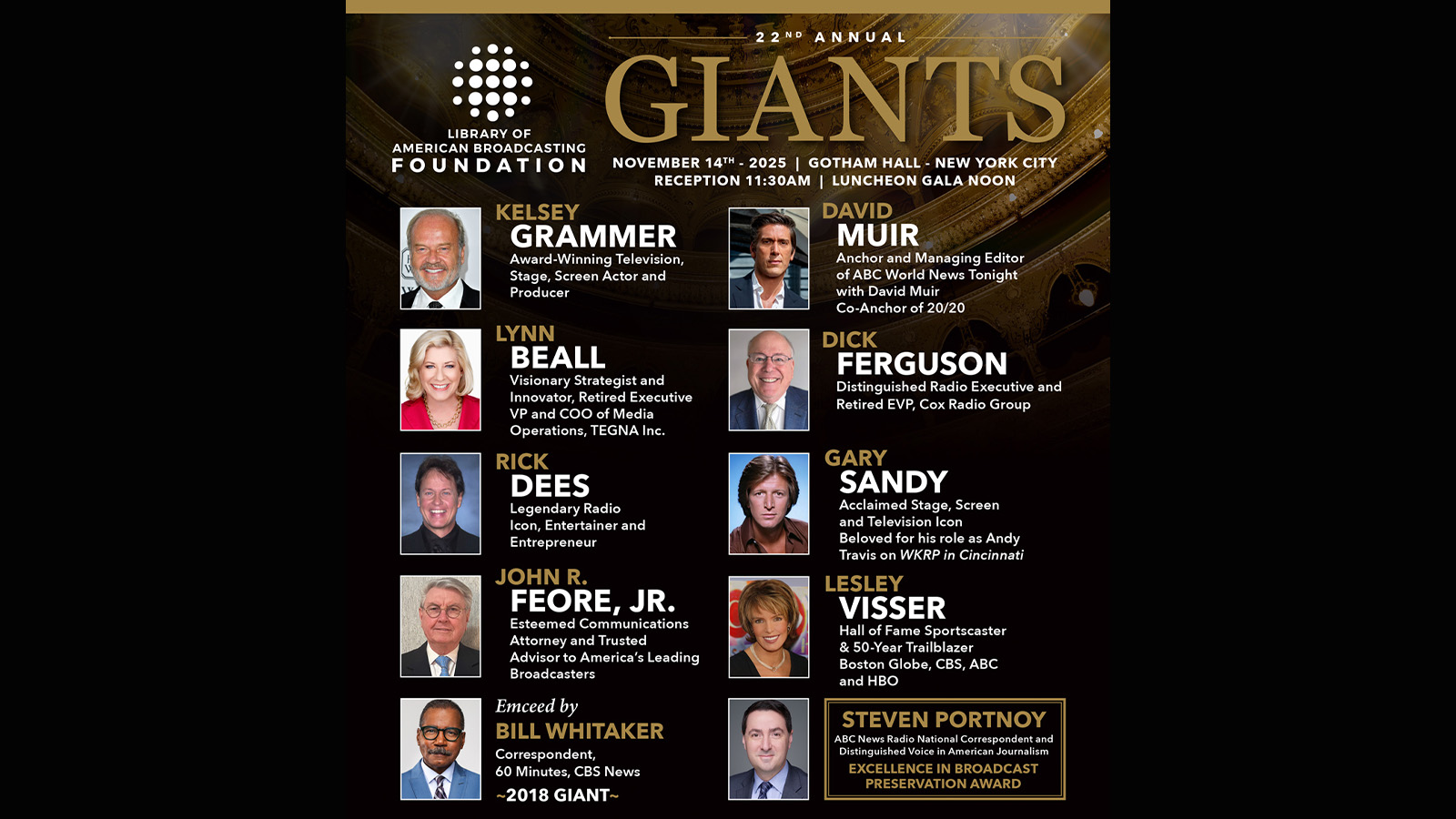How TV business changes across continents

Twenty years ago, I worked with Richard Brice in the R&D department of Abekas Cox Electronics, a manufacturer of switchers, routers and encoders. Brice now heads up Miranda Europe, but he has just spent two years based in Hong Kong running Miranda Asia and returned to Europe just two months ago. With his knowledge of broadcast operations spanning two continents, I thought it would be interesting to ask him to compare and contrast the TV business in the two regions.
According to Brice, among his first impressions of the Asia office was how it operates across a collection of very different cultures: in business, politically and technologically. Japan, Australia and South Korea are very advanced, and some countries are fast developing, but others in the region are still emerging. For administrative convenience, his region covered all of Asia-Pacific, so it spanned India all the way to New Zealand. “Europe is a monoculture in comparison,” he said.
“For a start, there are far more consolidated broadcasters and service providers in Europe; it is much rarer to find the large satellite providers in Asia. Many countries still have much poverty, and this mitigates subscription services. A typical viewer may only receive three channels.”
Few broadcasters transmit more than five or 10 channels; for example, “We have two ranges of multiviewer: the Alto for 10 to 30 channels, and the Kaleido-X, which supports hundreds of outputs for very large monitoring systems. In Asia, the majority of sales are the Alto range, whereas in Europe it is Kaleido-X,” Brice said.
The cultural diversity in Asia also affects how business is done. It’s not just the different sales technique — that is well known. For suppliers, the problems are in logistics and service. Poor handling in transit means that equipment can arrive damaged. Repairs may need carnets for boards to be returned for maintenance. South Korea charges import duty when a board is returned, even if it is on a carnet, and there are customs delays; it all makes providing high levels of support and service more challenging. In Europe, Miranda’s main clients operate credit accounts. In Asia, most business is via letters of credit. And business is conducted in many languages, as expected, with the Miranda office employing English, French, Cantonese, Mandarin and Japanese speakers.
What of technology? When Brice left for Hong Kong in spring 2006, Europe was just talking about HDTV and starting to plan future deployments. Since he has returned, HD is the default for equipment purchases and “all talk is of 3-Gig infrastructure.” In contrast, there is little interest in HDTV in Asia (outside Japan, South Korea and Australia). In Asia, the talk is all of mobile services and IPTV. “Mobile is just huge, and car dashboard receivers are commonplace,” Brice said. In that case, can drivers watch? “This also demonstrates the different attitude to road safety in the East!” he said.
And though Brice said it was too early to really judge how the global credit crunch would affect the industry in the coming months and years, he reported that China has been Miranda’s biggest Asian success as it transitions for analog to digital. Upon his return to Europe, business in UK had been very good the last quarter, similarly in France (the latter transitioning to over the air HDTV services), and the Eastern European market is also flourishing. Many large projects have inertia, and they are planned and implemented over several years, so there is no immediate sign of scaling back. Brice has, however, seen fewer small orders.
Get the TV Tech Newsletter
The professional video industry's #1 source for news, trends and product and tech information. Sign up below.
When it comes to playout automation, Asian broadcasters have much the same requirements, Brice said. Branding is strong, with extensive use of tickers and push-backs — all the same on-screen presentation familiar in Europe or North America. However, manning levels are much higher, and, in general, labor costs are lower. So, automation is not used to reduce staff costs but to give a slick presentation and to run the complex demands of multiple on-screen graphics. “It can be politically sensitive to mention that graphics automation will save staff,” he said. Another difference is the graphics software. Any application with a rich user interface uses locally written software, especially in China, rather than purchasing from the usual Western suppliers.
Regarding the immediate future of the business, Brice had heard some commentators say that Asia was decoupled from the West, but the global markets affect us all, Brice said. He doesn’t believe Asia is isolated from what is going on in the United States and Europe. He sees the situation now like the “phoney war” in 1939 before the outbreak of hostilities in Europe. Nobody knew what was going to happen, and it was a time of great uncertainty. We look forward to NAB2009 to see if economies and purchasing patterns are settling.
Have comments or questions about this article? Visit our Forum and start a discussion.
